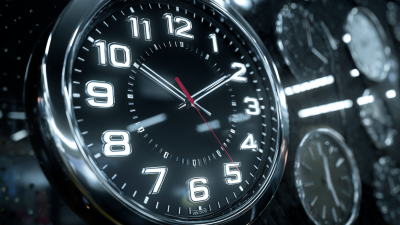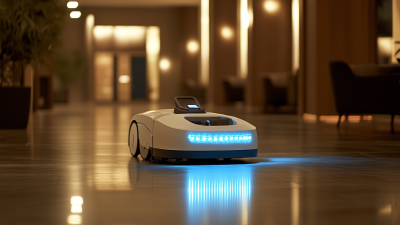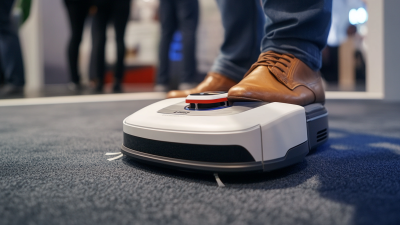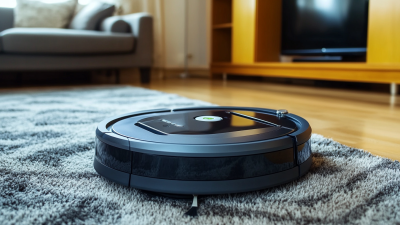In the realm of industrial cleaning, the importance of proper maintenance for sweepers cannot be overstated. Recent industry reports indicate that regularly serviced sweepers can enhance operational efficiency by up to 30% and prolong equipment lifespan by an average of 25%. These powerful machines play a critical role in maintaining clean and safe environments in warehouses, construction sites, and urban areas. With dust, debris, and various contaminants posing not only aesthetic concerns but also health risks, a well-maintained sweeper assures optimal performance and reliability. This blog will explore the essential maintenance checklist that facilities managers and operators should implement to ensure their sweepers operate at peak efficiency, ultimately contributing to a cleaner and more productive workspace.

Regular pre-inspection of your sweeper is crucial to ensure its optimal performance and longevity. According to the American Public Works Association, improper maintenance can reduce machine efficiency by up to 30%. Before starting your sweeper, check the oil levels and inspect the hydraulic fluids. Low fluid levels not only hinder performance but may also cause irreversible damage to the machine. Moreover, ensure that the filters are clean and well-maintained; clogged filters can lead to overheating and decreased suction effectiveness.
In addition to fluid checks, pay careful attention to the mechanical components such as the brushes and motors. A study conducted by the Institute of Cleaning Technologies revealed that well-maintained brushes can increase sweeping efficiency by 40%. Regularly checking for wear and tear on the brushes and replacing them as necessary can significantly enhance the sweeper's performance. Additionally, inspect the tires for any signs of wear, as proper traction is vital for optimal operation, particularly in rugged terrains. By implementing these essential pre-inspection steps, you can maximize your sweeper's reliability while minimizing costly repairs and downtime.
When maintaining a sweeper, it’s essential to focus on several key components to ensure optimal performance. According to the Institute of Cleaning and Restoration Certification (ICRC), regular inspection of the main broom and side brooms can significantly enhance a sweeper's cleaning efficiency. A well-maintained broom system can increase productivity by up to 20%, underscoring the importance of frequent checks for wear and tear, as well as proper alignment.
Another crucial aspect of maintenance is the sweeping mechanism's vacuum system. According to the Cleaning Equipment Trade Association (CETA), a clogged filter can reduce suction power by more than 50%, adversely affecting the machine's overall performance. Regularly replacing or cleaning filters and ensuring the vacuum system is free of debris not only helps maintain suction strength but can also extend the lifespan of the equipment.
Lastly, examining the fluid levels and belts should not be overlooked. The American National Standards Institute (ANSI) recommends checking hydraulic oil levels every few weeks and replacing oil based on your operating hours. Ensuring that belts are tensioned correctly can prevent breakdowns and extend the life of the sweeper, enhancing reliability in operation.
This bar chart illustrates the estimated time spent on different maintenance activities for sweepers. Regular maintenance is crucial for ensuring optimal performance and longevity of the equipment.
Regular maintenance of your sweeper is crucial to enhance its longevity, potentially extending it by up to 30%. Routine checks and services ensure that all components are operating efficiently, preventing minor issues from escalating into major repairs. By committing to a consistent maintenance schedule, operators can significantly improve performance and reduce downtime.
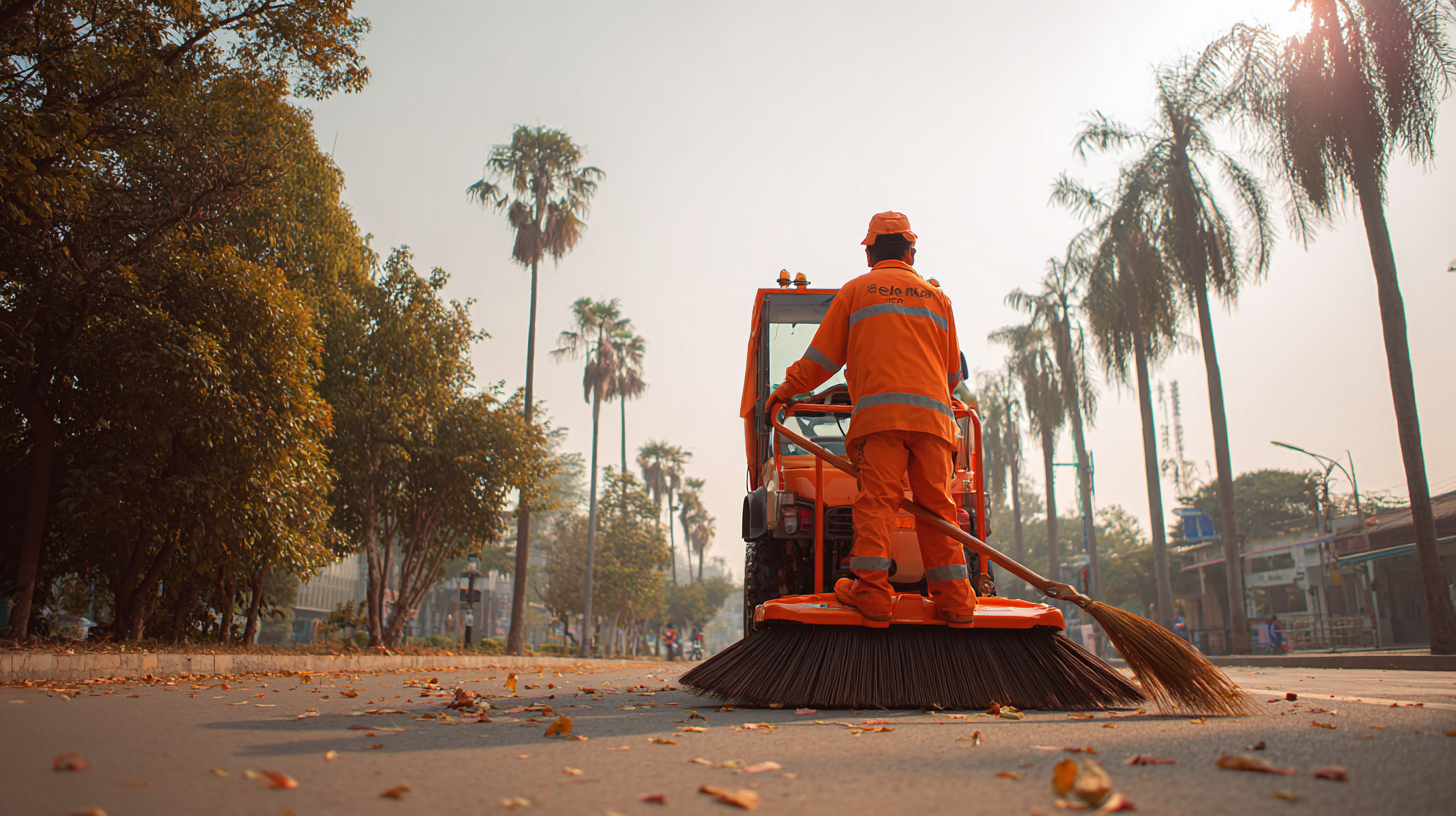
Tips for effective sweeper maintenance include regularly inspecting brushes and filters, as worn parts can drastically affect cleaning efficiency. Ensure you replace brushes when they show signs of wear, and clean or change filters to prevent dust and debris accumulation. Additionally, always check fluid levels and inspect hoses for any leaks or signs of wear to maintain optimal operation and avoid costly repairs down the line.
Furthermore, incorporating a cleaning regime for the sweeper itself is essential. Regularly wash the exterior to remove dirt and grime, which can lead to rust and other damage. Make sure to clean the collection hopper to avoid clogs and maintain suction efficiency. Investing time in these simple maintenance practices ensures that your sweeper performs at its best and lasts longer in the field.
Proper maintenance of your sweeper filters is crucial for ensuring optimal performance and longevity of your equipment. According to a recent industry report from the National Association of Cleaners (NAC), approximately 60% of sweepers’ operational inefficiencies stem from improper filter maintenance. Filters that are not cleaned or replaced in a timely manner can lead to decreased airflow, which significantly reduces sweeping effectiveness and increases operational costs. Regular monitoring and maintenance of filter conditions are essential for keeping your equipment running smoothly.

Additionally, replacing worn or clogged filters can greatly enhance the life expectancy of your sweeper. A study published by the International Cleaning and Hygiene Association (ICHA) indicates that businesses that implement a rigorous filter maintenance schedule can extend the life of their sweepers by up to 30%. Experts recommend establishing a routine that includes monthly inspections and cleaning, with replacement every six months or as needed, depending on usage and environmental conditions. Investing in proper filter care not only boosts performance but also contributes to more sustainable operations, minimizing waste and maintenance expenditures in the long run.
Regular maintenance is crucial for ensuring that your sweeper operates at peak performance and avoids costly breakdowns. Common issues such as clogged filters, worn brushes, or malfunctioning motors can escalate quickly if not addressed promptly. For instance, ignoring a simple brush replacement can lead to uneven cleaning and increased wear on the machine, ultimately resulting in more expensive repairs down the line.
To mitigate these risks, it's essential to develop a routine maintenance schedule that includes checks for wear and tear, fluid levels, and overall operational efficiency. Keeping an eye on the performance indicators of your sweeper will help you catch these common problems early. This proactive approach not only extends the life of your equipment but also ensures a cleaner environment with minimal downtime. Addressing these issues in a timely manner is key to maintaining optimal functionality and avoiding unnecessary expenses in repairs.
| Maintenance Task | Frequency | Common Issues | Repair Time (Hours) | Estimated Cost ($) |
|---|---|---|---|---|
| Inspect Filters | Monthly | Clogging, Reduced Efficiency | 2 | 50 |
| Check Battery | Monthly | Poor Performance, Short Life | 1 | 30 |
| Lubricate Moving Parts | Quarterly | Increased Wear, Noise | 1 | 25 |
| Inspect Brushes | Every 500 Hours | Worn Out, Poor Cleaning | 3 | 70 |
| Inspect Cables and Connectors | Semi-Annually | Electrical Failures, Short Circuits | 2 | 45 |
| Check Tire Pressure | Monthly | Reduced Stability, Uneven Wear | 0.5 | 10 |
| Inspect Vacuum System | Monthly | Loss of Suction, Overheating | 2 | 60 |
